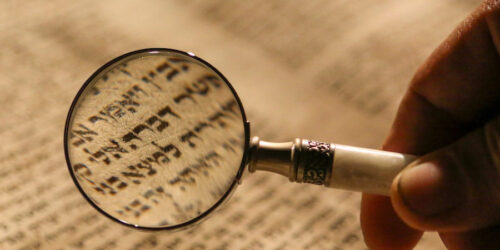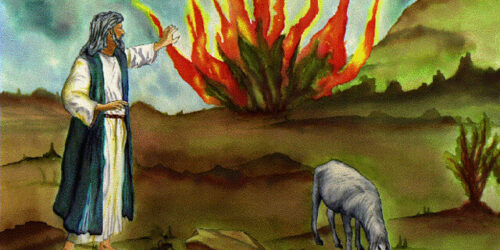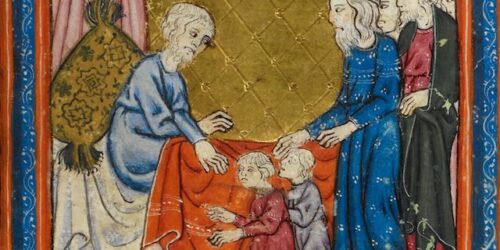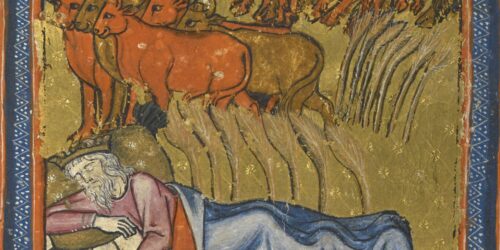A change in clergy can create a power vacuum that requires time to stabilize.
It is not easy being the emeritus of a congregation: You’ve spent so many years intimately involved with the identity of the congregation. Now a new “kid” has arrived and introduces changes (and there is always change) in the congregation. You watch as the center of attention focuses on the new rabbi bonding with the leadership. Fragile egos and self-centered personalities do not do well in the role.
Nor is it easy being the new rabbi with an emeritus: you are scrutinized and compared incessantly through the lens of what was. Most distressing is the power-shift in the congregation: those who disliked the rabbi come forward and his greatest supporters are pushed into the background. Or worse the emeritus still looks to control the congregation and everyone loses.
At Shaarey Tfiloh the rabbi was given emeritus status but the dynamics were so divisive that he was contractually precluded from entering the synagogue without permission. Thus we never had a prayer of coexisting. I was constantly on the defense as his “chasidim” questioned every decision or policy instituted and acted to exclude me even as the current leadership excluded him.
So we come to the donation of a Sefer Torah: The most visible and powerful symbol of a congregation’s vitality. A confidant and supporter of the emeritus had been tragically killed.. His widow asked the emeritus to arrange for a Sefer Torah to be donated to the congregation in his honor – The deceased was a well-respected pillar of the congregation and a close friend of the emeritus. The circumstances of the death were such that no one could or would object to a donation in his memory. But the emeritus had conditions: I could not be involved in any way and no one could see the Sefer Torah until he brought it into the congregation.
I was allowed to attend the ceremony and sit in the back
We graciously accepted the donation and allowed the emeritus to pontificate at a ceremony that we found out later was by invitation only (the emeritus gave out the invitations).
The entire episode left a bad taste in everyone’s mouth. What made it worse though was that the second week we read the parsha (the weekly Torah portion) on Shabbat morning it was clear that scroll was not only pasul (unfit to read) but that it was an “ungepatched” Torah – a scroll that had pieced together from the remains of many different scrolls (each scroll is written by one scribe on pieces of parchment between 4 – 7 columns long. The pieces are stitched and taped together. In this case each piece was written in a different style).
Shaarey Tfiloh was located next to Monsey, N.Y., and scribes were plentiful. I took the Torah to a scribe who inspected it and found it to be unreparable He wrote a letter to that effect and valued the entire scroll (which was purchased for $5,000) as worth no more than a few hundred dollars.
I went to the Board informing them that we could not use the Torah because it was “pasul” and showed them the scribe’s letter.
Within a day the Torah disappeared from the synagogue.







